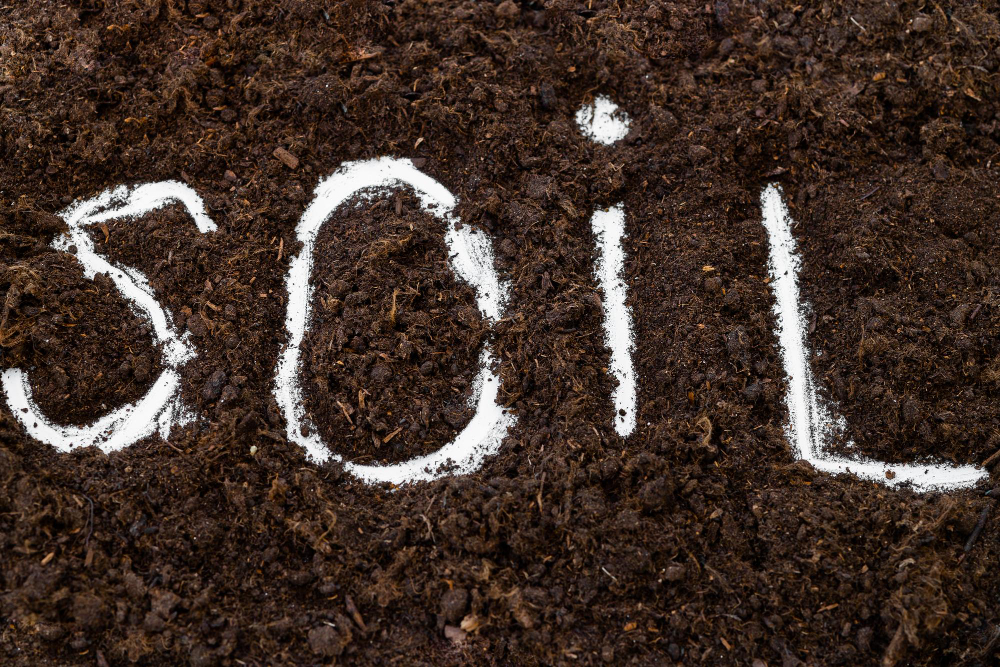Gardening, often considered both an art and a science, can provide immense satisfaction when our plants thrive. But the secret to achieving this doesn’t solely rely on the quality of seeds or our nurturing skills. Two major factors play a pivotal role: microclimate and soil type. When one understands and harnesses the potential of these elements, gardening becomes less of a guessing game. Let’s delve into the importance of recognizing these factors for a flourishing garden.
1. What is a Microclimate?
A microclimate refers to the specific climate conditions within a smaller, specific area – usually your garden or yard. This can vary considerably from the general climate of your region. Factors contributing to your garden’s microclimate can include altitude, orientation (north/south facing), buildings, paved surfaces, and more.
Why is it crucial?
- Plant Health: Some plants might thrive in shaded conditions, while others require direct sunlight. By understanding your garden’s microclimate, you can choose plants that are best suited for specific areas.
- Water Conservation: With knowledge about how sunlight and shade move across your garden, you can set up an efficient irrigation system.
2. Digging Deep into Soil Type
Soil isn’t just dirt. It’s a complex mixture of minerals, organic matter, water, and air. The type of soil you have can greatly affect what plants will thrive.
Common Soil Types:
- Sandy Soil: Drains quickly, warmed up faster in spring.
- Loamy Soil: Ideal for most plants; it has a balanced mixture of sand, silt, and clay.
- Clay Soil: Retains moisture but may impede root growth due to its density.
Why it matters?
- Nutrient Availability: Each soil type has a unique nutrient profile. Some might be rich in nitrogen, while others might be high in iron.
- Water Retention: Understanding your soil type can guide your watering routine, ensuring plants get the right amount without waterlogging.
3. Synergizing Microclimate and Soil Knowledge
When you synchronize your understanding of both microclimate and soil type, your gardening decisions become more informed. You’ll know where to plant that sun-loving rose bush or where your ferns, which love the shade, will flourish best. Similarly, recognizing if your soil drains quickly can prevent potential root rot situations.
4. Steps to Understand Your Garden Better:
- Observe Over Seasons: Track sunlight, shaded areas, and moisture levels over different seasons.
- Soil Testing: Consider a soil test kit or consult local agricultural extensions to understand your soil’s pH, nutrient levels, and type.
- Consult Local Nurseries: Often, local plant experts can provide insights into regional microclimates and soil nuances.
Conclusion
Gardening is more than just planting seeds and hoping for the best. It’s about creating an environment where plants can thrive. By understanding the unique characteristics of your garden’s microclimate and soil type, you not only enhance the beauty of your outdoor space but also support the diverse life it sustains. When you work with nature, understanding its nuances, your efforts are often rewarded tenfold.
If you need a pet-friendly garden, we are experts in installing new landscaping, renovating landscapes, outdoor lighting, and irrigation installation systems. Whatever your project is to make your outdoor look amazing, we can help you. Give us a quick call so we can talk more about your next outdoor project.




